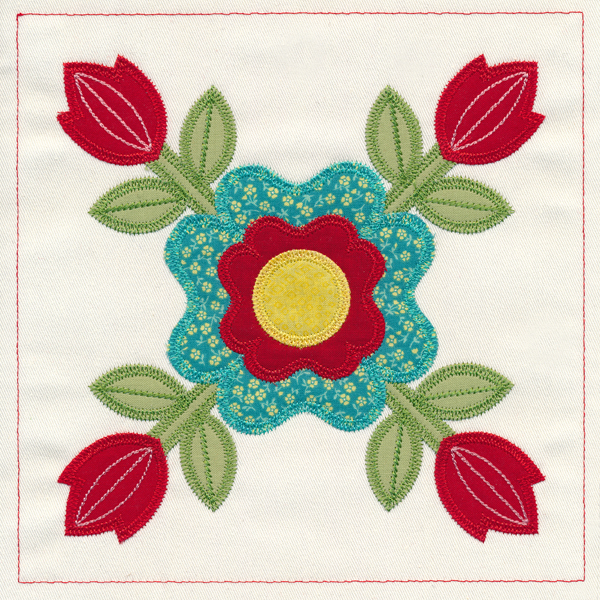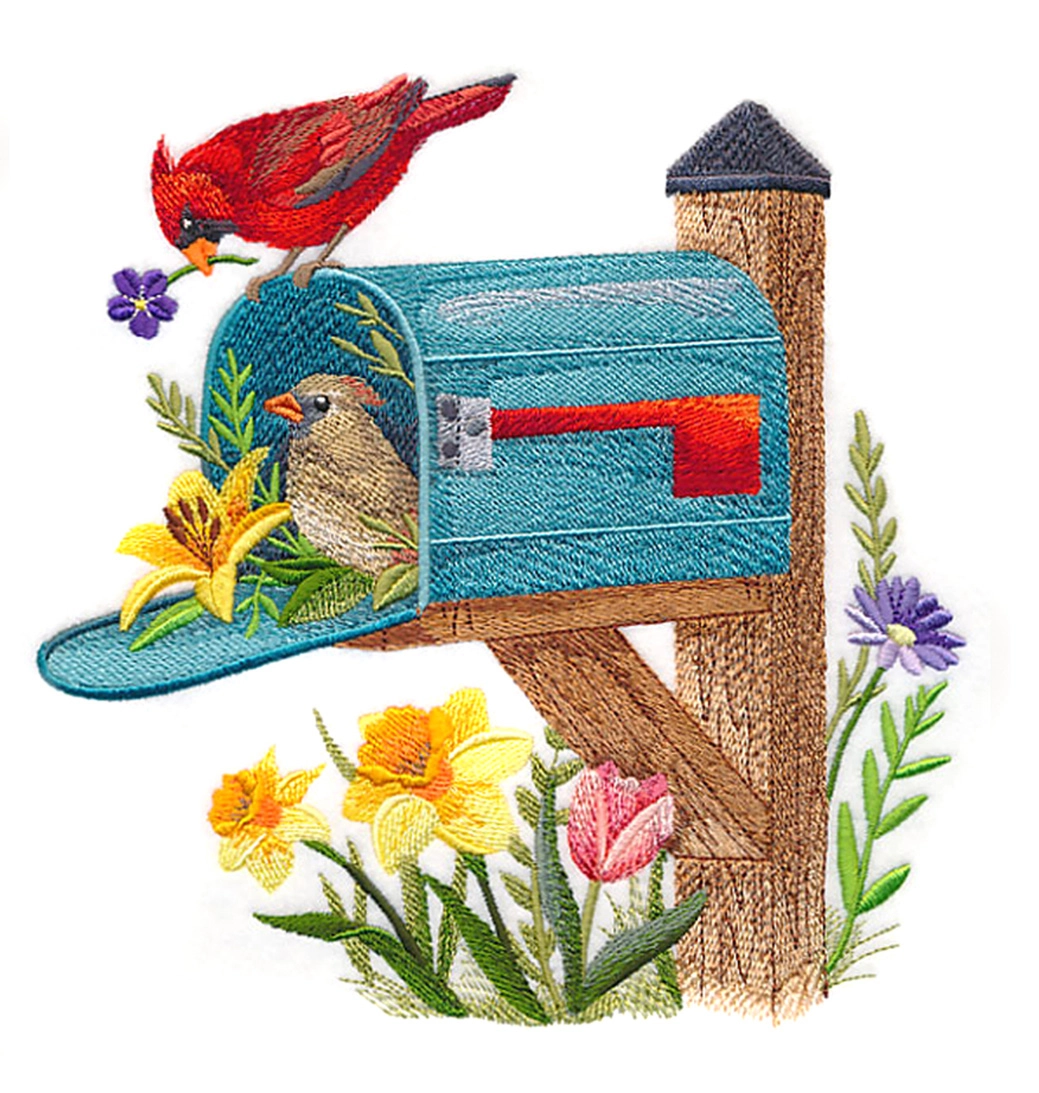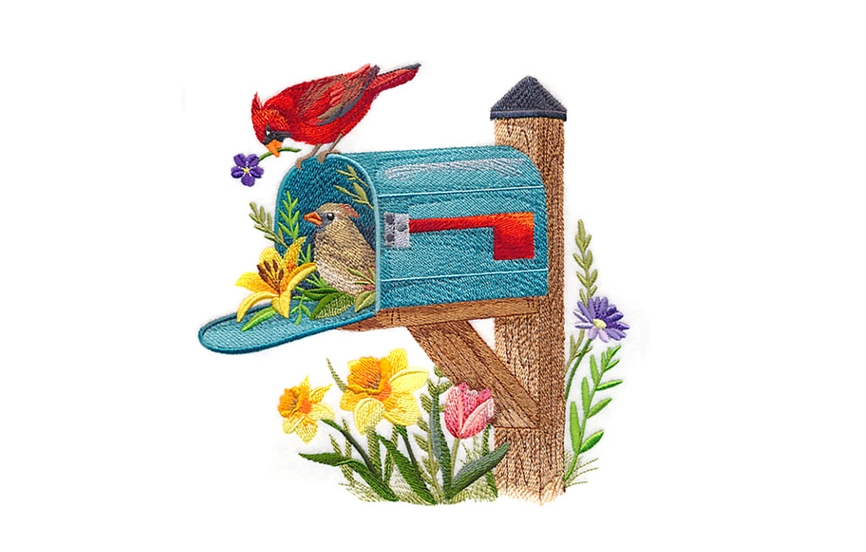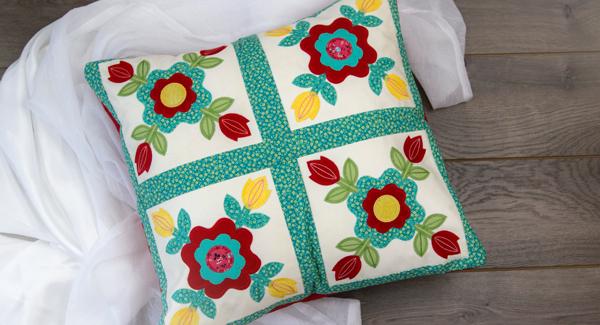
Give your decor a personal touch with this simply elegant four-patch pillow! In-the-hoop quilt blocks are joined together by sashing to create a snuggly pillow perfect for beds and sofas alike. We used the Rose of Sharon quilt block, but you can use any block you like!
Supplies
Project Needs & Notes:
- 18" by 18" pillow form
- 1/2 yard quilter's cotton (two colors - 1/4 yard each - for quilt block bottom fabric)
- 2/3 yard quilter's cotton (for bottom layer of pillow front, sashing, and borders)
- 3/4 yard quilter's cotton (for back of pillow)
- Small pieces of quilter's cotton (for quilt block pieces)
- Sheer mesh cutaway stabilizer (we prefer Sulky Soft'n Sheer)
- Cotton batting
- Temporary spray adhesive
- Double sided fusible web (optional - for adhering quilt block pieces)
- Cutting mat
- Quilting ruler
- Rotary cutter
- Curved safety pins
- Nylon monofilament thread
Designs featured in this tutorial include:
- Y5339, Rose of Sharon Quilt Block (In-the-Hoop) (7.9" x 7.9" size)
Special notes:
Be sure to wash and dry all fabric before starting to pre-shrink it.
Designs Used
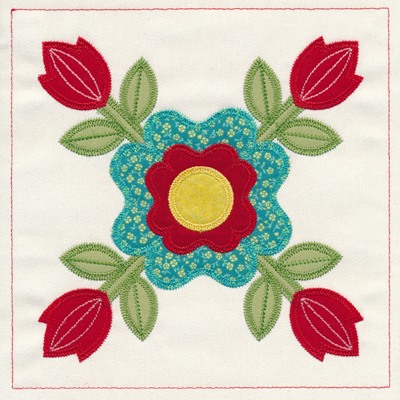
When you download an in-the-hoop quilt block design you will see three files. Two of the files are the embroidery files (the full embroidery file and the dieline files) and one printable planning sheet (this file ends in .PDF).
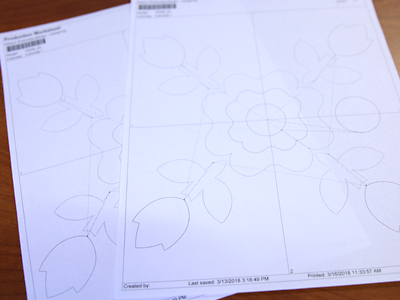
To get started, print the dieline files (these are the files with "DL") at full size using embroidery software. If you do not have embroidery software, Wilcom TrueSizer is a program you can download to print the templates. Also, see our video on using dielines.
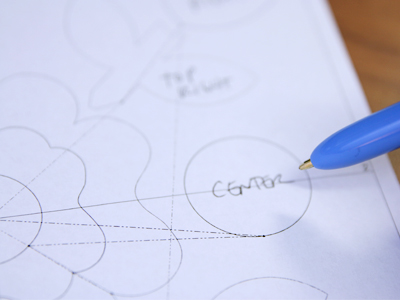
I like to label each piece before cutting them -- this helps to organize the shapes. Then, cut around the shapes leaving just a bit of space around each piece.
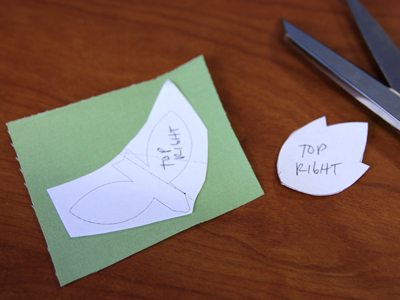
Spray the back side of the paper with a bit of temporary spray adhesive, and smooth it onto the fabric. Then cut out the shapes, but do not remove the paper.
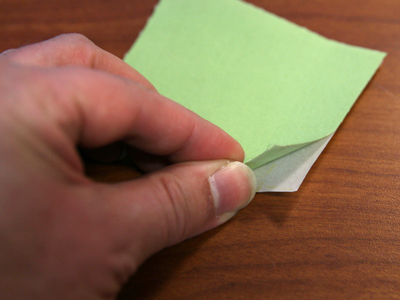
Another option instead using spray adhesive is to add one piece of double sided fusible web to the fabric before cutting out the shapes. Add the fabric to the fusible web and press it with an iron. Follow the instructions on the fusible web packaging.
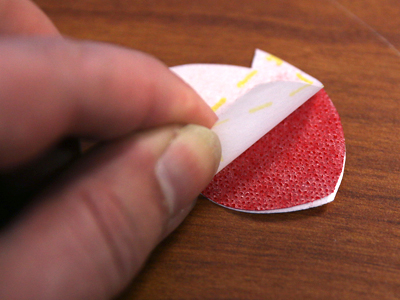
Then add the paper dielines on top, cut out the shapes, and remove the back of the fusible web (but do not remove the dieline paper)
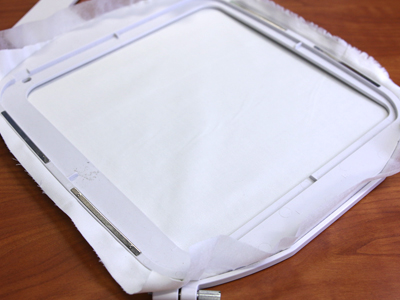
Next, hoop a piece of fabric with one piece of sheer mesh cutaway stabilizer. Sheer mesh cutaway stabilizer works great with in-the-hoop quilt blocks because it keeps the blocks nice and light.
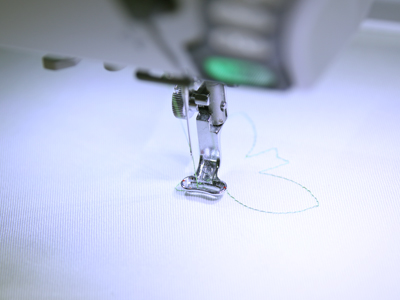
Load the full embroidery file into the machine. Attach the hoop to the machine and embroider the design. The first dieline will sew.
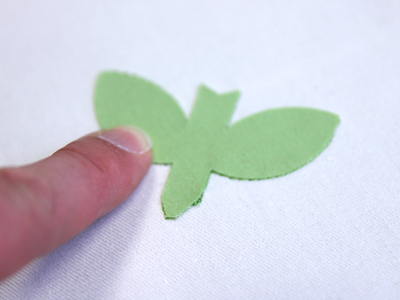
After the dieline has sewn, remove the hoop from the machine, but do not unhoop the fabric. Spray the back side of the fabric with adhesive, remove the paper, and place the fabric piece right inside the dieline shape. If you are using fusible web, remove the paper, and press the fabric in place (no need for adhesive). Press the fabric in place.
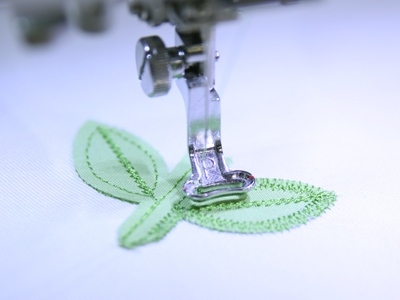
Attach the hoop back onto the machine and match the top thread to the fabric piece color. Continue embroidering the design. A tackdown stitch will sew next -- this binds the fabric piece to the bottom fabric.
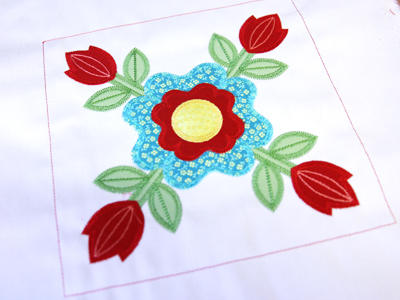
The dieline for the next fabric piece will sew next. After each dieline sews, remove the hoop from the machine (but do not unhoop the fabric), add the fabric piece, attach the hoop back onto the machine, and continue with the design. Match the color of the top thread with each fabric piece as you sew. After the fabric pieces have sewn, a cutting line will sew last. This line will be used to cut the quilt block
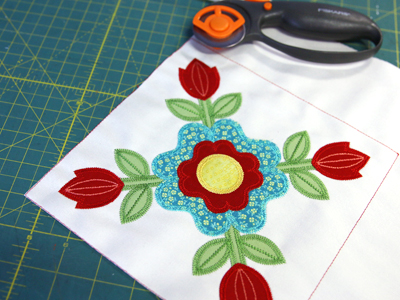
Place the fabric onto a cutting mat. Using a quilting ruler and rotary cutter, cut right along the sewn cutting lines of each block. Repeat these steps for a total of four blocks.
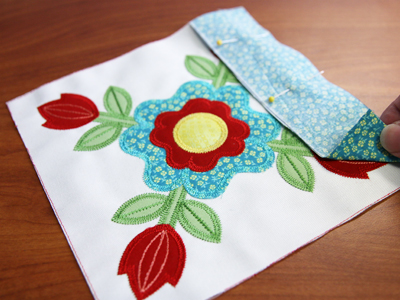
Arrange the blocks how you would like them. Then, to calculate the dimensions for the sashing, first measure the height of one of the blocks - mine measures 7 3/4" high. I cut two pieces of sashing fabric to 2" wide by 7 3/4" high. Align one of the pieces on top of the upper left block along the right side of the block, right sides together, and pin in place. Sew a 1/4" seam along the pinned edge only. Then, press the seam with an iron.
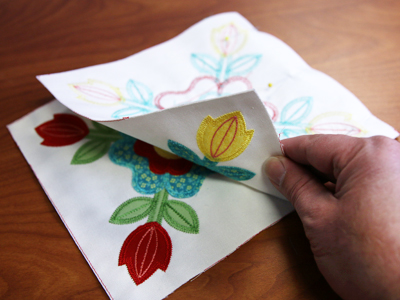
Place the upper right block on top of the assembled left block/sashing piece with the right side of the block aligned with the open edge of the sashing, right sides together, and pin. Sew a 1/4" seam along the pinned edge and press.
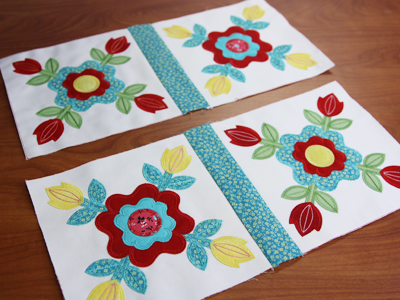
Add the sashing piece to the two bottom blocks just like you did for the top blocks.
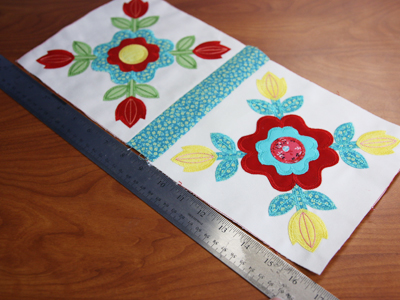
Next, measure along the bottom edges of the assembled top row of blocks. Mine measures 16 1/2", so I cut another sashing piece to 16 1/2" wide by 2" high.
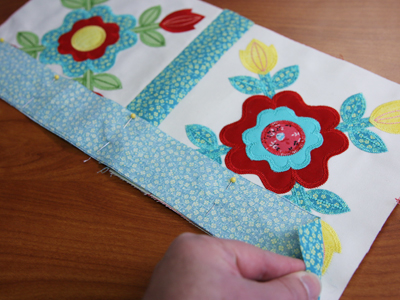
Align the piece along the bottom edge of the top row, right sides together, pin in place, sew a 1/4" seam along the pinned edge, and press.
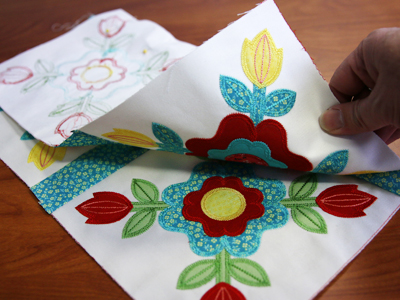
Align the bottom row of blocks on top of the assembled piece, right sides together, with the top edge of the bottom row aligned with the bottom edge of the sashing. Pin in place, sew a 1/4" seam, and press.
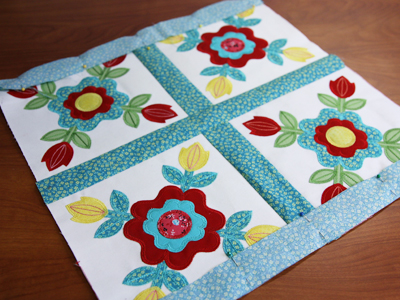
To add the top and bottom border pieces, first measure the top edge of the assembled piece. Mine is 18" wide so I cut two pieces of fabric to 16 1/2" wide by 1 1/2" high. Align the border pieces along the top and bottom edges of the assembled piece, right sides together, pin in place, sew a 1/4" seam, and press.
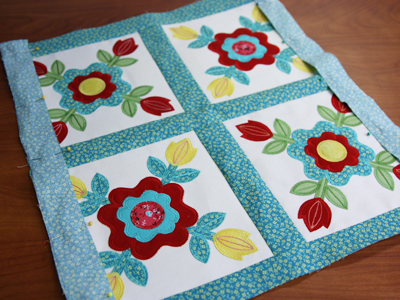
To add the side borders, measure one of the sides of the assembled piece. Mine measures 18" high so I cut two pieces of fabric to 1 1/2" high by 18" high. Align the border pieces along the side edges of the assembled piece, right sides together, pin in place, sew a 1/4" seam, and press.
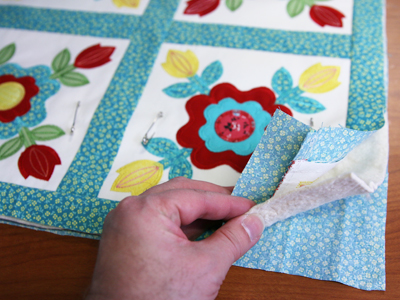
Cut a piece of fabric and cotton batting a bit larger than the pillow front. Layer the fabric pieces and batting together: Lay the bottom layer flat, wrong side facing up. Place the batting on top of the bottom layer fabric then the pillow front on top of the batting, right side facing up. Pin all the layers together. I'm using curved safety pins which work great for pinning through all the layers. Trim the bottom fabric and the batting by following along the shape of the pillow front.
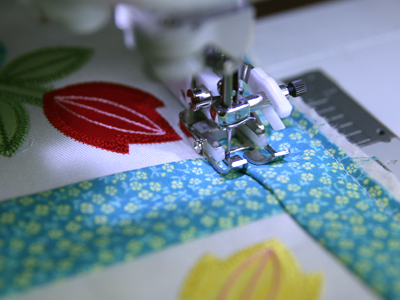
Quilt through all the layers -- I'm using nylon monofilament thread in the needle, and I've matched the bobbin thread to the color of the bottom fabric. Sew along all of the existing seams -- I'm using a walking foot on the machine which helps prevent the layers from sliding around under the needle. You can also drop the feed dogs of the machine and attach a free-motion foot for quilting through the layers.
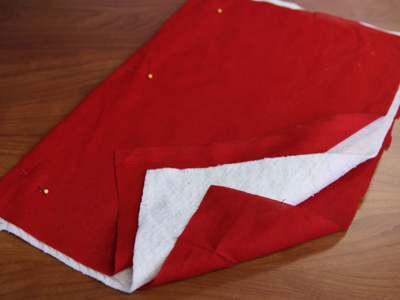
For the back pieces, cut two pieces of fabric to 24" wide by 18" high. Then, cut two pieces of backing to 12" wide by 18" high. Fold each fabric piece in half widthwise, wrong sides together. Insert the batting in between the layers on each fabric piece. Pin in place, and sew a 1/4" seam along the entire outer edges of the fabric.
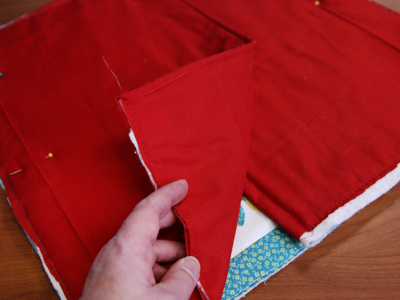
Next, lay the pillow front flat with the right side facing up. Align the back pieces on top with the folded edges facing in and the raw side edges aligned with the side edges of the pillow top -- the back pieces will overlap in the center. Pin in place and sew a 1/2" seam along the entire outer edge of the fabric. Turn the fabric right side out and insert the pillow form inside in between the opening at the back.
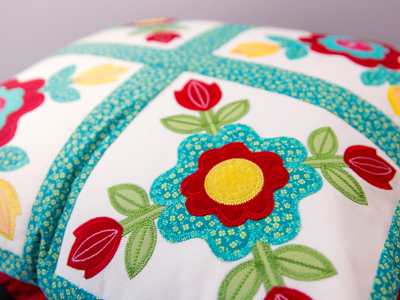
And your pillow is complete!
